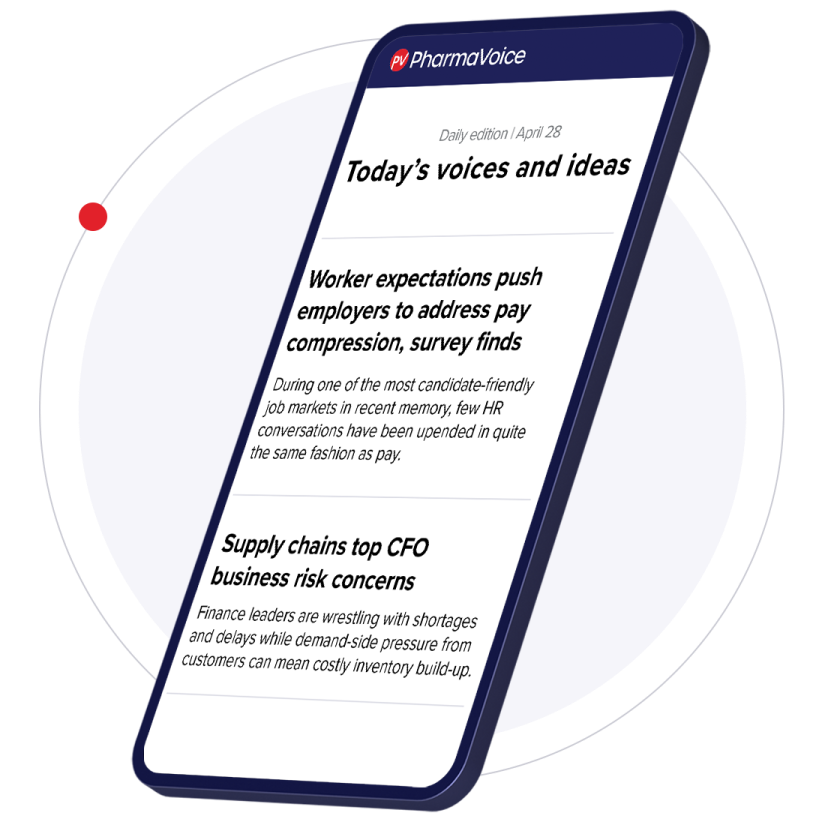Why do some people recover from COVID-19 while others can’t shake persistent symptoms like fatigue, brain fog or sleep troubles? Researchers have found new genetic clues that may finally offer answers and pave the way to new treatments.
As part of the U.K.’s LOCOME project and the Metrodora ME/CFS and Long COVID Observational study, PrecisionLife has identified genes linked to this post-viral syndrome, which affects hundreds of millions worldwide.
“We're finding genetic signatures associated with specific patient subgroups,” said Steve Gardner, CEO of PrecisionLife, a computational biology company leading the effort. “We can say that the mechanism of action of those genes in that signature correlates really well with the phenotypes those patients present in the clinic, whether that’s post-exertional malaise, fatigue or cognitive impairment or brain fog.”
It’s not just long COVID patients who stand to benefit. The research is also revealing genetic overlaps between long COVID and myalgic encephalomyelitis/chronic fatigue syndrome which produces similar symptoms and often arises after a flu-like illness.
Now, the hope is that within the next 12 to 18 months, the insights will point doctors and eventually pharma to viable treatments for long COVID, which has seen limited scientific progress in recent years.
The long COVID long haul
In the quest for a long COVID treatment, numerous clinical trials have come up short, including studies of Pfizer’s antiviral Paxlovid, which was once seen as a promising option.
And now that the Trump administration has moved to cut COVID-related research funds, momentum in the space could hit even more roadblocks, despite estimates that ME/CFS and long COVID account for $1 trillion in healthcare costs and productivity losses.
"You’ve got a patient population that’s desperate for therapy with a lot of good economics behind it.”

Steve Gardner
CEO, PrecisionLife
For now, the gene hunt is still on for PrecisionLife, which began studying severe COVID-19 in 2020. Its initial project identified 68 genes associated with severe cases and pointed researchers to several existing drugs that could reduce disease severity and duration. Further discoveries, powered by its AI platform, are being expanded by the LOCOME project and the ongoing MELO study, which have identified 73 novel genes in long COVID, 14 in ME/CFS and seven that overlap between the two conditions. The findings have also pointed to nine generic drugs that might treat both.
In addition, the initiative found genes that appear to increase the risk of these diseases, and nine that could protect against them. Now, they need to further validate their findings.
“Replication of the results is absolutely critical for the scientific community to have confidence in them,” Gardner said.
Unraveling the mystery
Genes don’t paint the whole long COVID picture, but they may set the stage, Gardner said. One hypothesis suggests that viral persistence plays a role in some long COVID cases, and that when viral remnants remain, the immune system gets stuck in attack mode.
“The genetics will potentially show us patients who may have an aberrant immunological response and therefore may be less likely to clear all of the virus and the viral components, like spike protein,” Gardner said.
In other instances, the virus may trigger autoimmunity or changes in the gut microbiome that produces gastrointestinal symptoms.
“The genetics will tell you something perhaps about the commonality of patients for whom this may be a problem,” he said.
The next step of the long COVID initiative is developing a cheek swab test to assess genetic risk for long COVID and other post-viral syndromes, such as ME/CFS, fibromyalgia or multiple sclerosis, to help doctors zero in on a treatment.
“That stratification is a really important piece of teasing this disease apart so we can treat the major mechanisms,” Gardner said.
Having clear genetic targets may also incentivize pharma companies to pursue long COVID R&D — a costly pursuit into a scientifically murky world that the industry has largely avoided.
“We want to get to a point where we have a series of targets that have genetic evidence behind them, where we've proven, using repurposing, that there is a disease-modifying effect of modulating those targets, and that it generates a clinical benefit, and that we can select the patients will benefit from those drugs,” he said. “You put all that together, suddenly, you've got a huge market. You’ve got a patient population that’s desperate for therapy with a lot of good economics behind it.”









